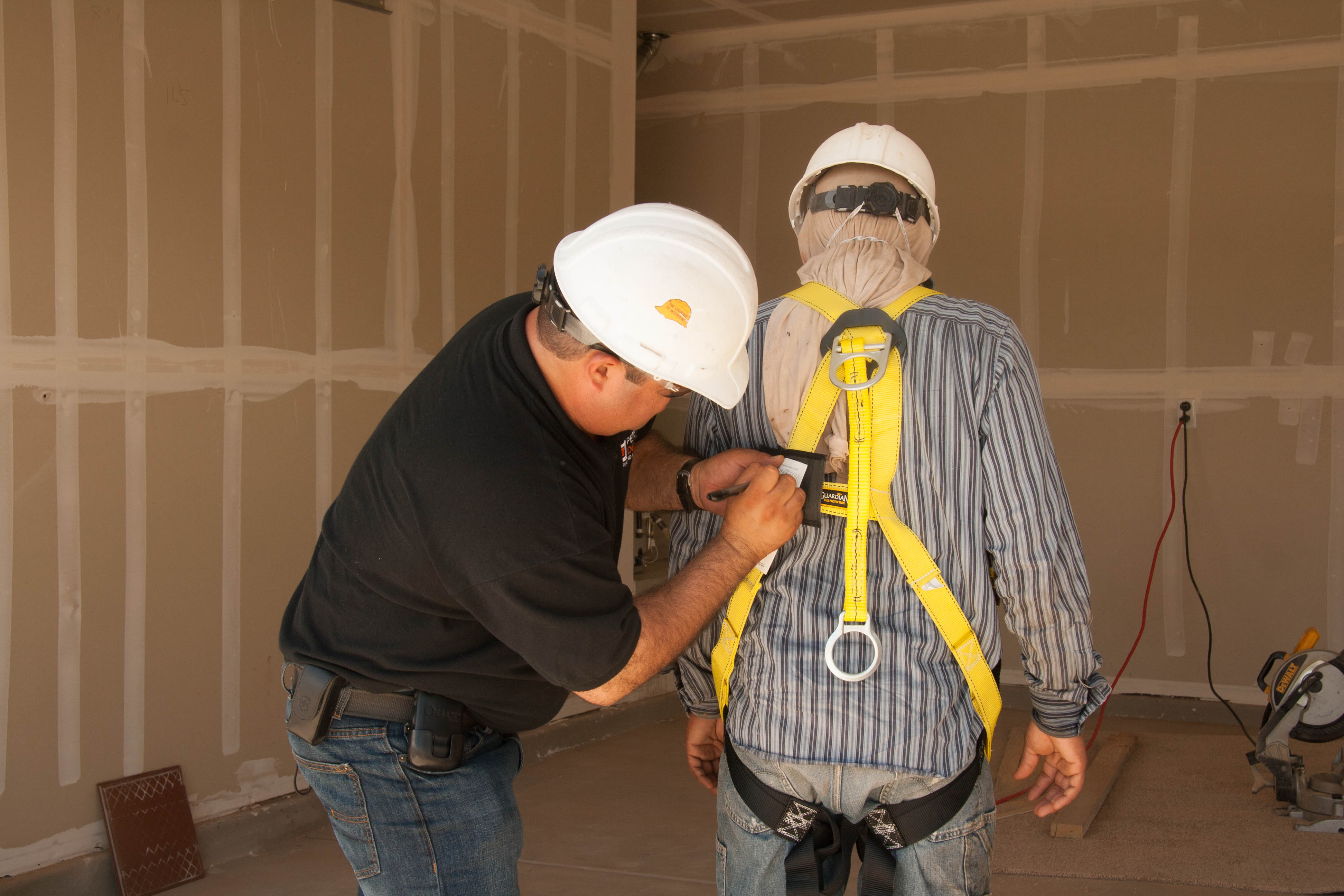Fall prevention in construction
In New York almost half of the fatal accidents on construction sites are caused by falls. Most falls are preventable. OSHA is requiring that any worker who is working at a height of 6 feet or more from the ground and who is near an unprotected side or edge be protected with either or both of the following safety equipment:
- Fall restraint systems such as guardrails or safety nets
- Personal fall arrest system (PFAS) that includes full body harness, shock-absorbing lanyard vertical lifeline and a solid anchorage point.
Contractors should make sure that workers using PFAS inspect their equipment daily before using it and make sure it is not damaged or defective. Damaged or defective equipment needs to be tagged, removed and replaced.
When using PFAS:
- the anchorage must be OSHA certified or able to sustain a 5000 pound load which is approximately the weight of a small truck
- the fall arrest system must be rigged so that in case of accident the worker doesn’t fall for more than 6 feet or doesn’t touch the ground level just below him
- The PFAS must be tied up above the head and not at the feet. PFAS tied up at the feet can lead to a 12 feet free-fall instead of 6 feet.
- The anchorage must be placed directly above or behind the worker with the shortest possible lanyard to avoid swing fall hazards
- The anchorage must be selected by a competent person
A recent study covering construction accidents in the US over 33 years recently found that in 54% of the fatal falls, workers were not provided with a personal fall arrest system. In 23% of deadly falls workers were provided with such system but didn’t use it. In New York City construction workers are often working at vertiginous heights. To protect them, Section 240(1) of the New York State Labor Law also know as the Scaffold Law hold general contractors and owners responsible for deaths and injuries sustained by construction workers who were not provided with the necessary safety equipment or who were not using it.
 New York Personal Injury Attorneys Blog
New York Personal Injury Attorneys Blog



